Utricularia species aff dichotoma - Carniutr21
Utricularia species aff dichotoma - Carniutr21
Utricularia dichotoma is a small, perennial carnivorous plant from the bladderwort family. The plant consists of many, underground stems with insect catching tools called bladders. Remarkable flowers could form at the end of the stems and are bright purple. Grow this plant without any nutrients and keep it constantly wet.
This product is currently still in stock
Share this plant? Press on one of the following icons.
Utricularia dichotoma is a small carnivorous plant from the bladderwort family. The small plant forms several stems that grow underground most of the time. From this stem the leaves form which have a wide array of forms, ranging from oval to lanceolate depending on the growing conditions. In between the leaves, the bladders are formed where these plants are known for. With these, they are able to trap tiny aquatic animals for their nutrients. A single, uprising inflorescence could be formed at the end of August to April. These inflorescences are very variable in length; they could grow 5 to 50 cm long depending on specific conditions. At the end of the inflorescence, a single bright purple flower is formed with some yellow and white accents in the core. The lower tepal is half-egg-shaped while the upper tepal is reduced and quite tiny. Division of larger plant clusters is the easiest way of propagation.

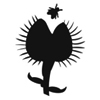


Utricularia dichotoma originally grows in marshes and swamps of Australia and New Zealand. It grows in very wet conditions or on some occasions even fully submerged. The preferred temperature range of this species is between 12 to 25 degrees Celsius. The species requires a very bright place. After acclimatization it is even possible to grow this in direct sunlight. Grow this plant in a soil mixture that does not contain any nutrients. Use a mixture of clean, horticultural sand and peat as main components. It is recommended to place the container in a small bowl of water. This maintains soil wetness as it provides the right humidity as well. Try to avoid tap water. This contains often too many minerals that could harm the roots of the plant. Use rainwater or water deficient of any minerals. This plant does not need any fertilizer.





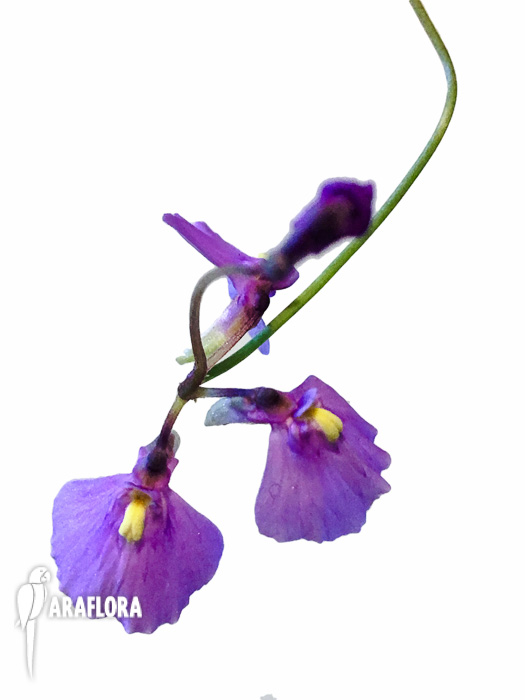
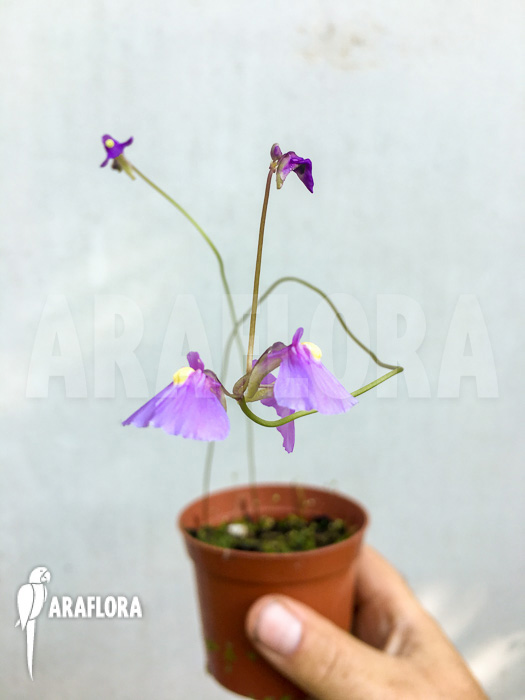
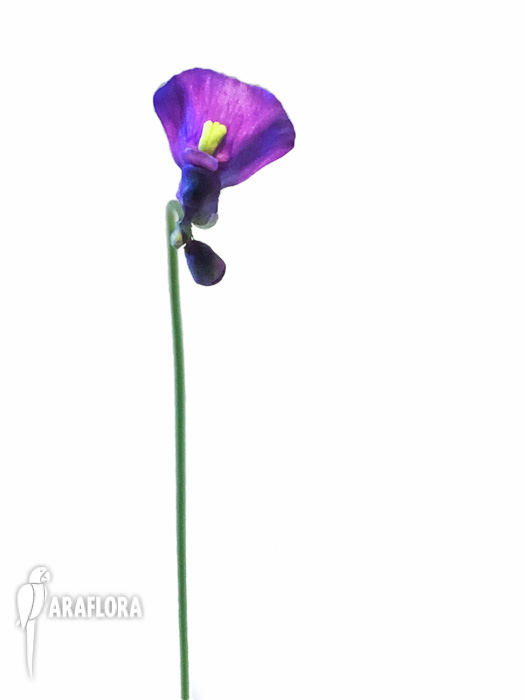


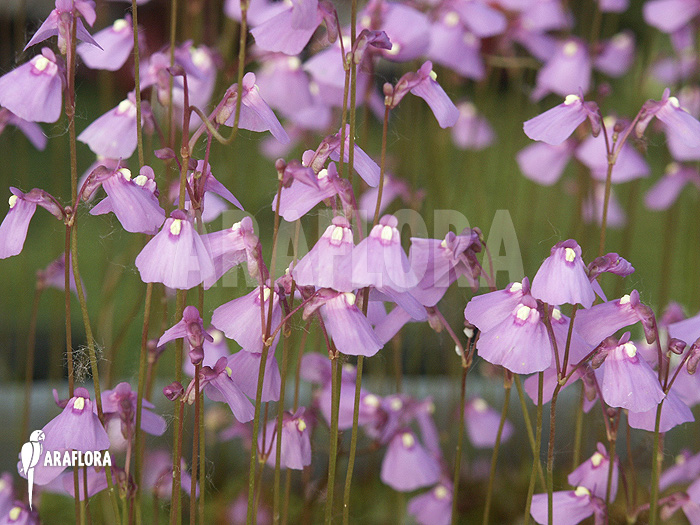
 3 cm
3 cm
 4 cm
4 cm












